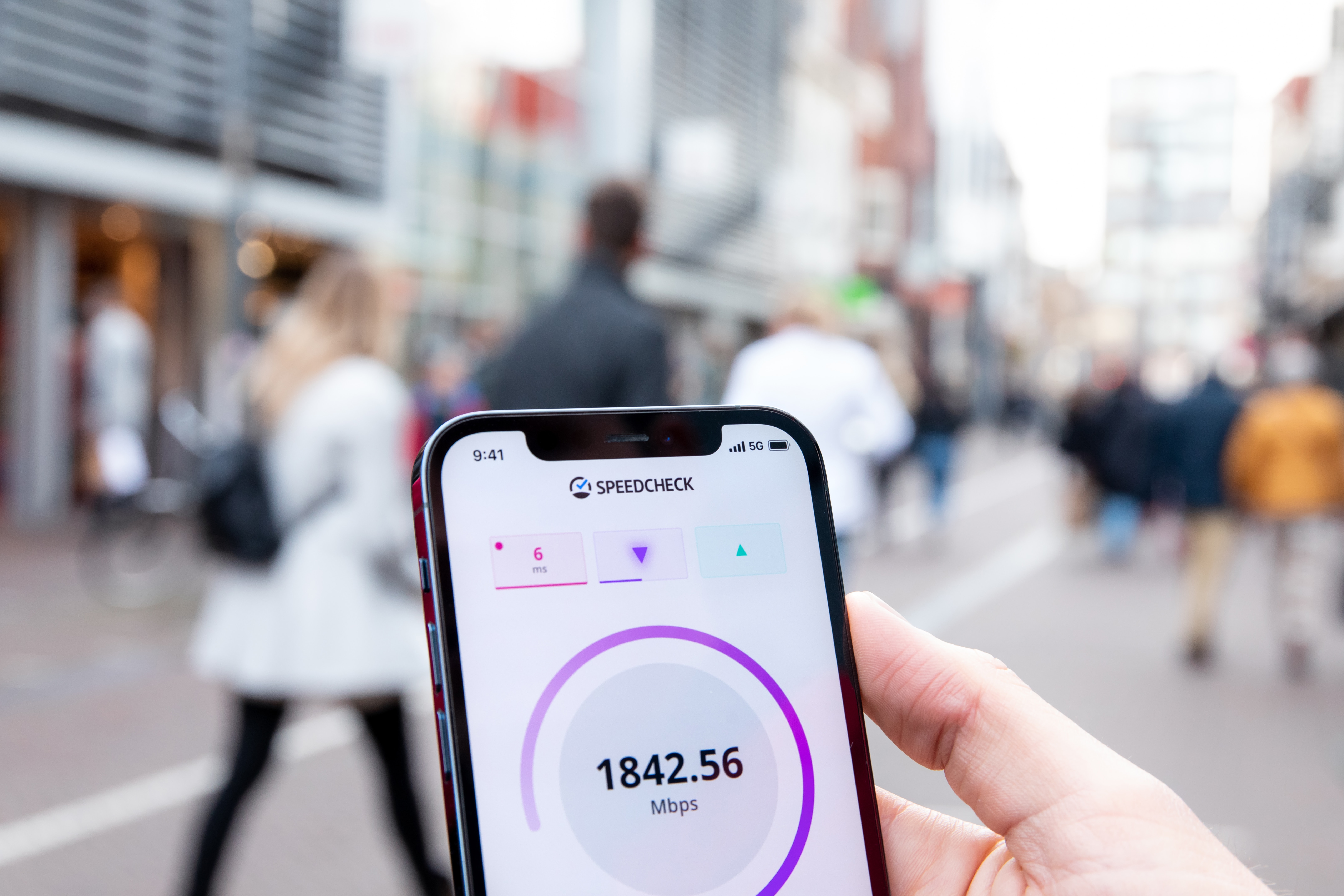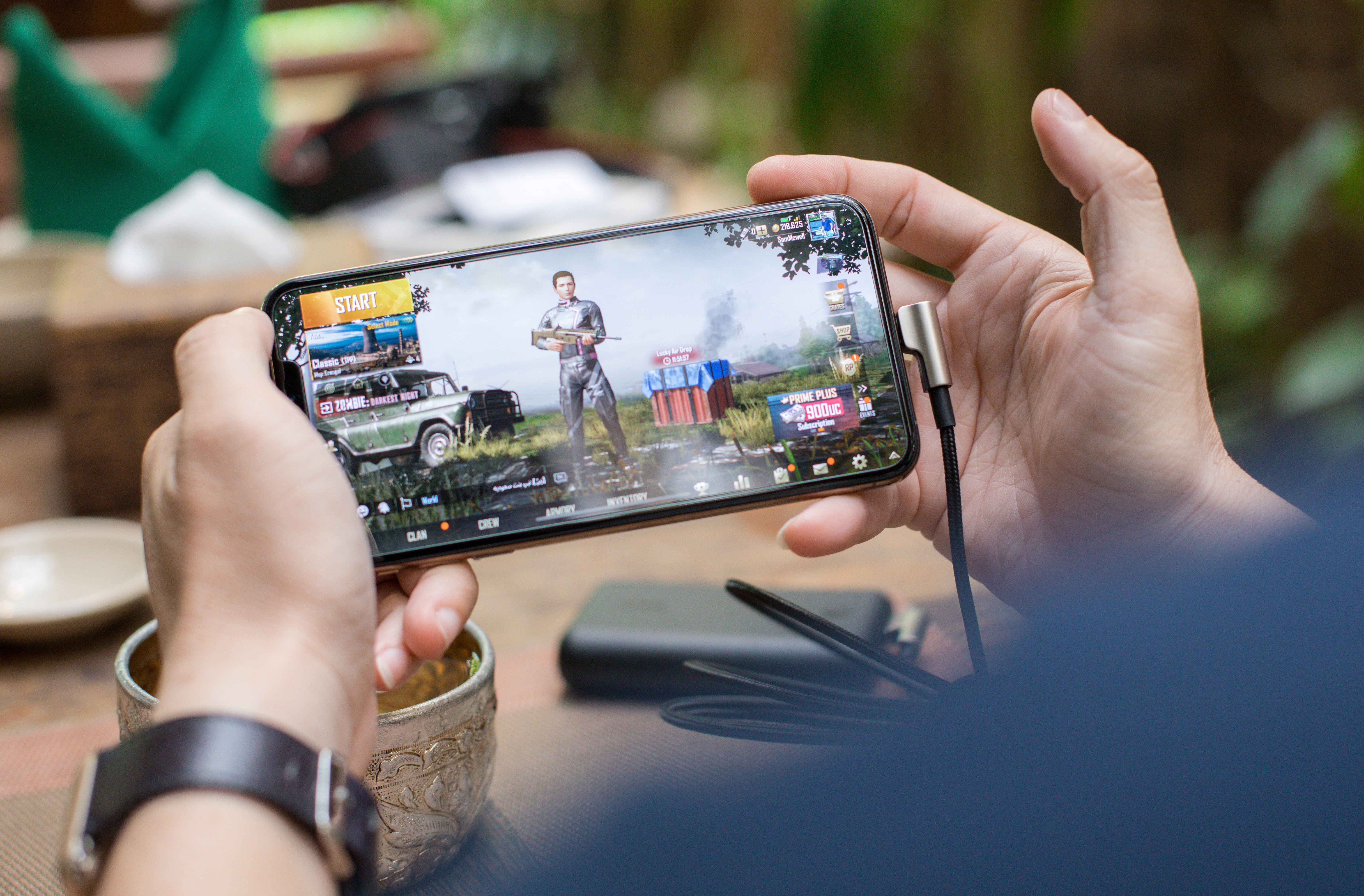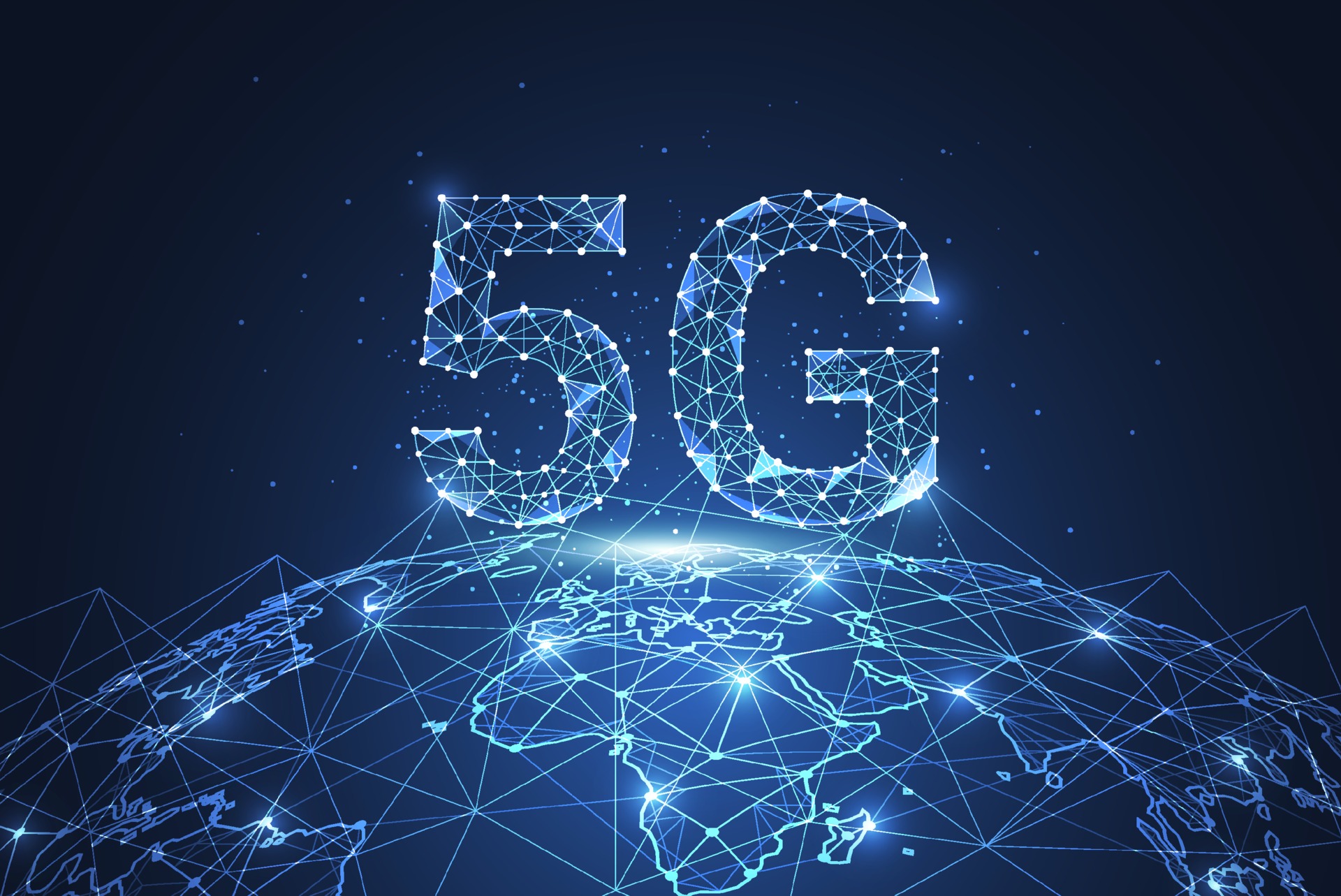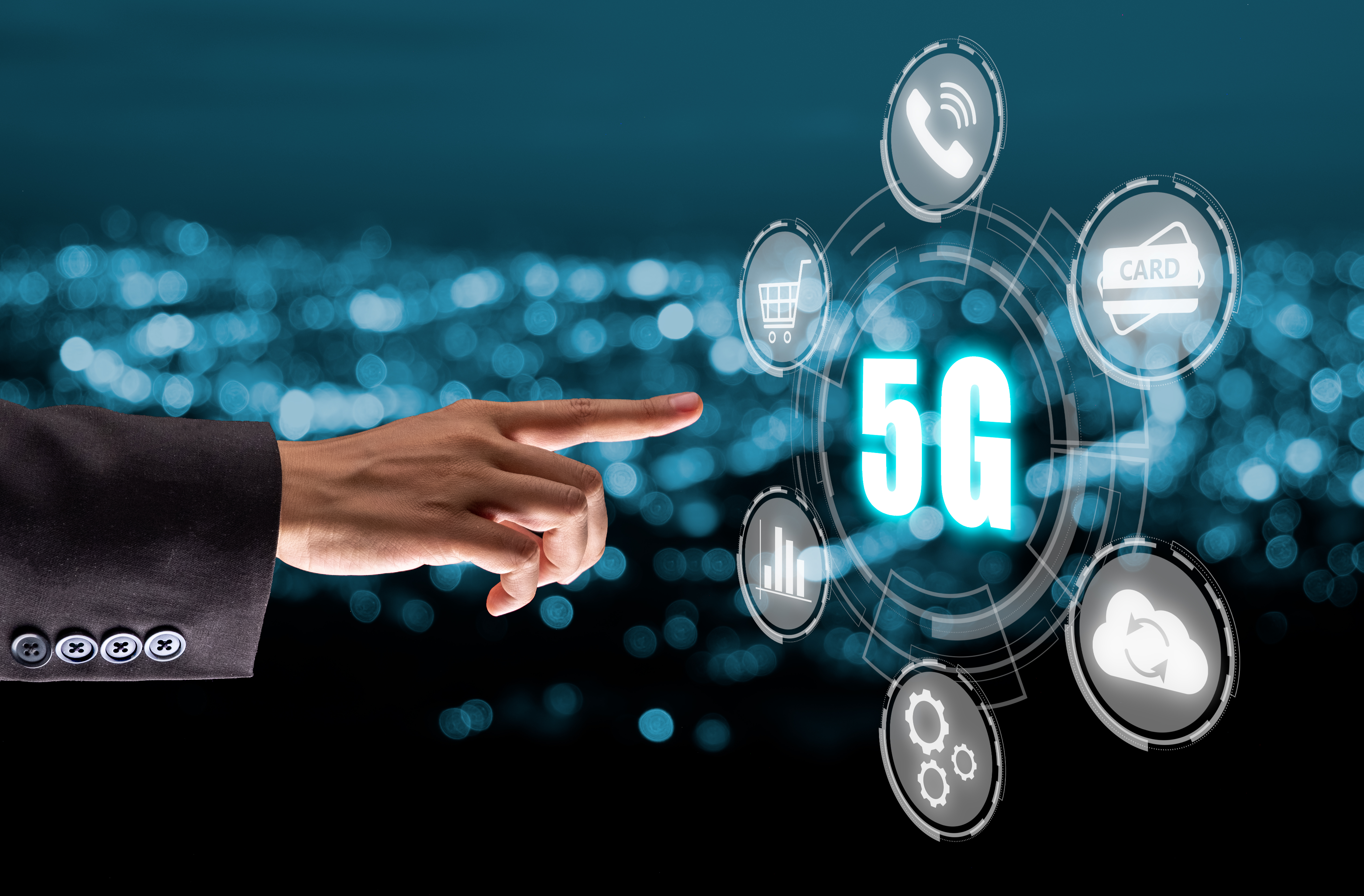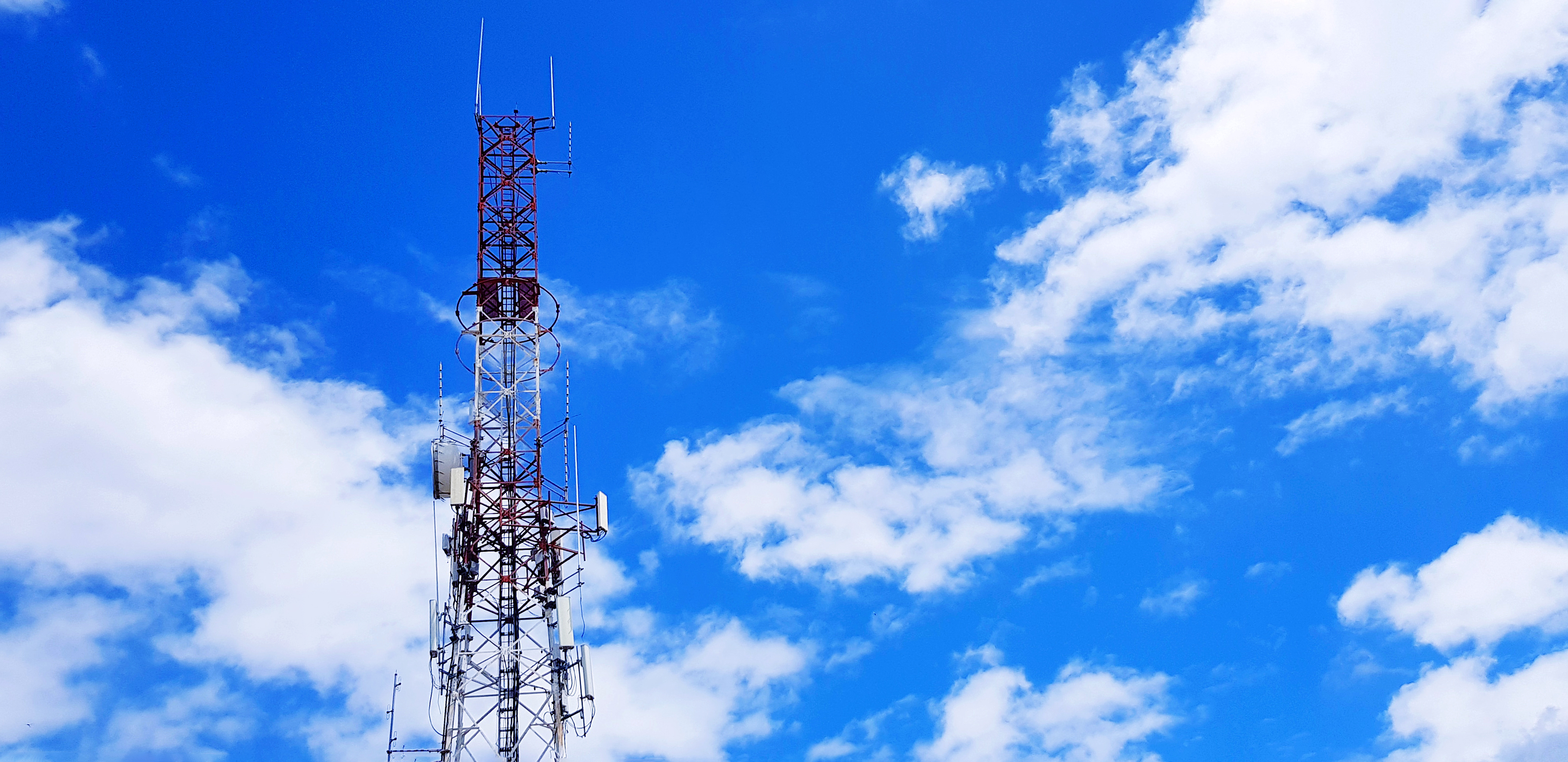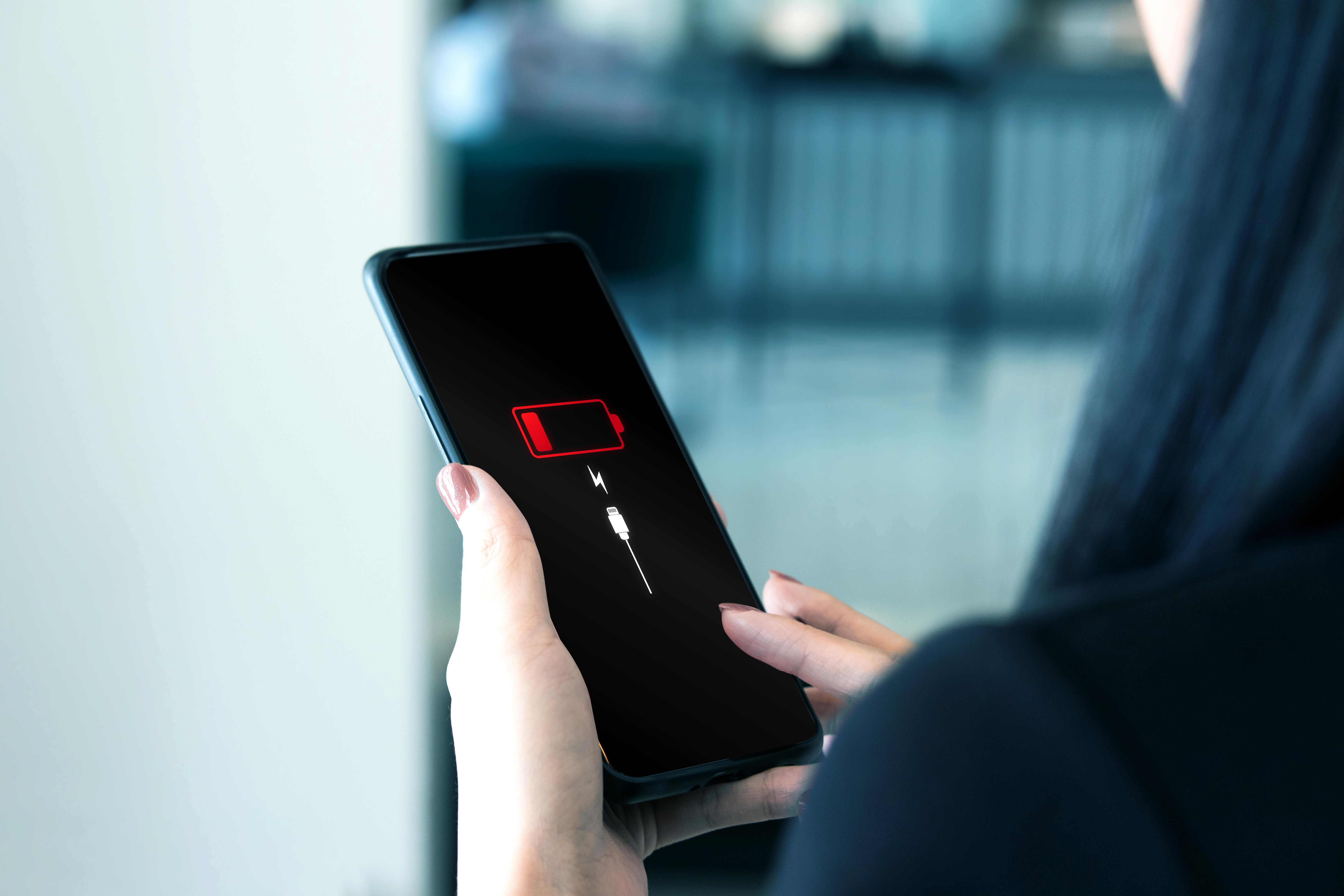From Speed To Security, Here Are Strengths And Weaknesses Of 5G That Everyone Should Know
5G, the latest wireless network technology, comes with its own fair share of good, bad, and ugly.
The term 5G refers to the most recent version of wireless network technology.
Compared to its predecessors, it operates at higher frequencies, which leads to more bandwidth and quicker data transfer.
The goals of 5G wireless technology include providing more users with consistent user experiences, super low latency, huge network capacity, faster multi-gigabits per second peak data rates, and improved reliability.
Improved productivity and effectiveness stimulate new user experiences and create links with new industries.
Even in areas with heavy network traffic, 5G technology opens up possibilities for faster downloads, more lag-free streaming, and more responsive and reliable online experiences.
It makes possible a brand-new type of network that connects almost anything, including machines, objects, and gadgets.
1. Speed
Potentially more rapid than 4G, 5G will provide peak data rates of up to 20 gigabits per second (Gbps) and average transmission rates of more than 100 megabits per second (Mbps).
In ideal circumstances, 5G can offer speeds reaching up to 20 Gbps. The 4G network is not even close to 200 times as fast as that.
The rate depends on your location, network operator, and capabilities of your device, but in daily situations, 5G should deliver major speed and performance gains.
With faster download rates of up to 20 Gbps, you can connect even more devices than before, enjoy modern innovations like virtual reality (VR), augmented reality (AR), and automatic driving. Or you could even download an entire 8K movie in six seconds!
2. Low latency
The delay that happens when data is sent from one location to another is known as latency. Thus, the term 'low latency' describes how much faster data moves between devices over a 5G network.
Low latency lowers the possibility of a connection loss or delay by indicating a solid, dependable network connection.
5G technology aims for incredibly fast reaction times, frequently in milliseconds or even microseconds, greatly reducing this delay. Almost every aspect of your Internet browsing experience can be impacted by latency.
Decreased latency is essential for things such as gaming, remote surgery, and autonomous cars that demand real-time response.
3. Higher capacity
Unlike 4G, 5G has more capacity. It is the goal of 5G to offer a 100-time increase in network efficiency and traffic capacity. Together, these advancements allow 5G networks to offer faster speeds and more dependable connections, while continuously supporting a significantly higher number of devices.
The Internet of Things (IoT) ecosystem cannot function properly without this extra capacity, which is also necessary to support applications that require significant bandwidth and sustain the increasing number of linked devices.
4. Advanced technology enablement
In 5G, 'advanced technology enablement' refers to the advanced technological features and capacity that differentiate the network from previous generations and allow a greater variety of applications, while also enhancing overall network performance.
Together, these revolutionary innovations allow 5G networks to offer ultra-low latency, high reliability, higher speeds, and support for a wide range of applications across several sectors. This will completely change the way people connect, communicate, and work with technology.
1. Security
5G is not flawless — there are certain security risks and possible areas of attack. As we move into the era of 5G networks, it is essential that security issues and privacy hazards be addressed.
Large-scale data collecting, location tracking, network vulnerabilities, IoT device vulnerabilities, and supply chain concerns are some of the main obstacles.
According to a November 2022 poll by GlobalData and Nokia, almost 75% of communication service providers globally reported having encountered up to six security breaches of 5G networks within the previous year.
Almost three quarters of the respondents stated that an assault had resulted in a service disruption, and half of the respondents reported that they had encountered an attack that led to the disclosure of client data.
A Cybersecurity and Infrastructure Security Agency (CISA) inspection also states that denial-of-service (DoS), configuration, and man-in-the-middle attacks pose the greatest risks to 5G network slices.
2. Uneven coverage
The fact that 5G is now only available in some areas and provides uneven or inconsistent coverage is one of its main drawbacks.
Big cities will probably benefit from 5G service first, and isolated places may not get it for another five years. This is because highly populated regions are the primary emphasis for implementation.
Businesses that have operations in remote areas can be more prone to 5G coverage gaps and end up using a combination of outdated connection technologies.
3. Penetration issues
As common items can readily obstruct mmWave's high-frequency signals, maintaining uniform coverage in industrial and office environments can provide challenges. Therefore, in order to ensure sufficient service to increase coverage, businesses would need to modify some of their infrastructure.
The mix of 5G's frequency and new technologies is what makes the network so fast. But unlike 4G, 5G cannot go as far, and obstacles like trees and big buildings would block its high-frequency signal.
Therefore, more 5G towers must be constructed for even coverage in order to give the speed and service required, which is costly and time-consuming.
4. High battery usage
We constantly demand more from our smart devices, desiring both a longer battery life and quicker operation. As 5G networks drains batteries quickly, producers will need to make investments in new battery technologies to guarantee that mobile devices can function for an extended amount of time between charges.
According to some customers, 5G causes their devices to get hotter in addition to shortening the battery life. Depending on how your carrier has set up the network, 5G may use more battery life than 4G LTE. If you're far away from a 5G cell tower, you might also notice increased battery consumption.
Though several factors determine how much battery life 5G uses, such as the kind of phone you have, how you use it, and how strong the 5G signal is, generally speaking, 5G can drain a battery up to 10% more than 4G.
This story is a personal opinion of the writer and does not necessarily reflect the position of SAYS.
You too can submit a story as a SAYS reader by emailing us at [email protected].
Nabilah Asfa Turah is a student at Islamic Science University of Malaysia.
